What is Ultrasonic Welding?
Ultrasonic welding is a solid-state welding process that uses high-frequency ultrasonic vibrations to create a bond between materials. It is commonly used in manufacturing to join thermoplastics without adhesives, soldering, or additional consumables. Under precise pressure, the connection is sealed in less than 0.2 seconds.
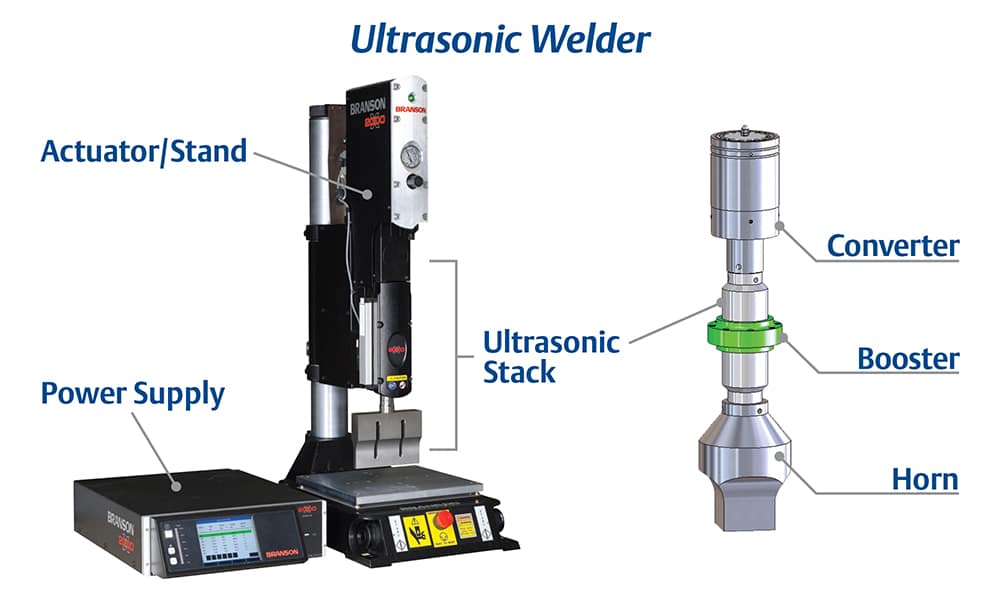
The ultrasonic waves vibrate tens of thousands of times per second, transferring this oscillation directly to a contact surface in contact with the plastic parts. Due to its large acoustic impedance, the high temperatures produced at the boundary of the welding area cause the plastic to change from a solid to a liquid state. With applied pressure, the two parts blend like a single piece of plastic. Once the ultrasonic signal stops, the parts solidify again, creating a clean and very strong weld between them. This weld closely matches the strength of the raw materials combined in an injection molding process.
Let’s examine each step in greater depth to understand the process better. We will discuss the mechanics of this procedure, its merits and drawbacks, and strategies for optimizing plastic joint designs to leverage this technology fully.
The basics of ultrasonic welding
Step 1 – Parts in fixture
A supportive fixture called a nest holds the two thermoplastic parts together, one positioned atop the other for assembly.
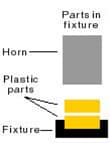
Step 2 – Horn Contact
A titanium or aluminum component, referred to as a horn, actively engages with the upper plastic part by making contact with it.

Step 3 -Applying Pressure
A controlled pressure is applied to the parts, clamping them against the fixture.

Step 4 – Welding time
The horn vibrates vertically at frequencies of either 20,000 (20 kHz) or 40,000 (40 kHz) times per second for a precise duration known as the weld time. Each component is meticulously engineered to ensure energy is focused on specific contact points between the two parts.
These mechanical vibrations propagate through the thermoplastic materials to the joint interface, generating frictional heat. Upon reaching the melting point, the plastic at the joint interface liquefies and flows, and the vibration ceases. This interruption allows the melted plastic to commence the cooling process.
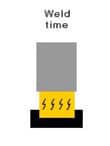
Step 5 – Holding time
We sustain the clamping force for a predetermined duration to facilitate the fusion of parts as the molten plastic undergoes cooling and solidification, referred to as the hold time. Increasing force throughout the hold time can enhance joint strength and hermetic sealing. This is achieved through dual pressure at different intervals within the hold time.
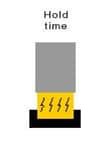
Step 6 – Horn retracts
Once the melted plastic has solidified, the clamp is removed, and the horn is retracted.
The two plastic parts are joined as if moulded together and removed from the fixture as one part.
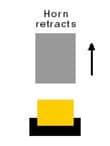
Ultrasonic welding for plastic assembly is a fast, clean, efficient, and repeatable process that consumes very little energy. No solvents, adhesives, mechanical fasteners, or other consumables are required, and the finished assemblies are solid and clean.
Essential factors of ultrasonic plastic welding
Adjustments to the welding time and head pressure, with the amplitude determined by the configuration of the converters and rods, are possible. The main variables typically include:
- Adjusting the amplitude of rods and converters
- Applying welding head pressure
- Setting welding time
- Determining hold time
Precision in adjustment is essential. Excessive frequency or prolonged signal application may cause plastics to deform beyond the connection points’ boundaries. Conversely, insufficient energy application may result in the formation of a weak connection.


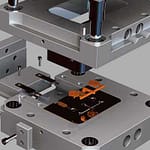

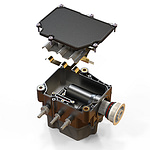
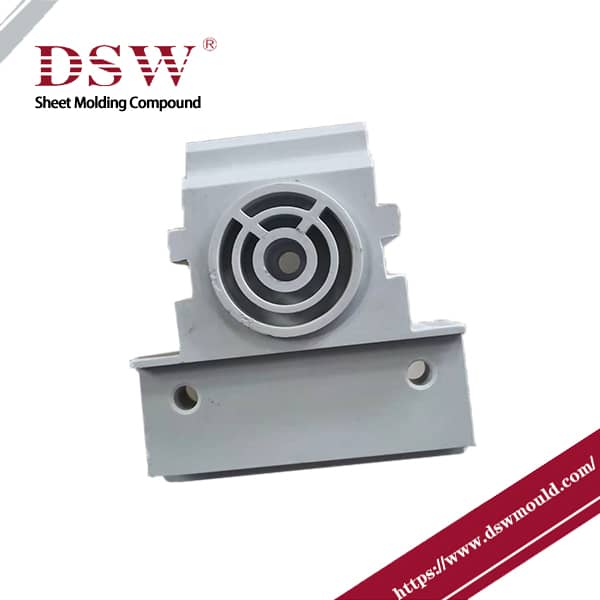
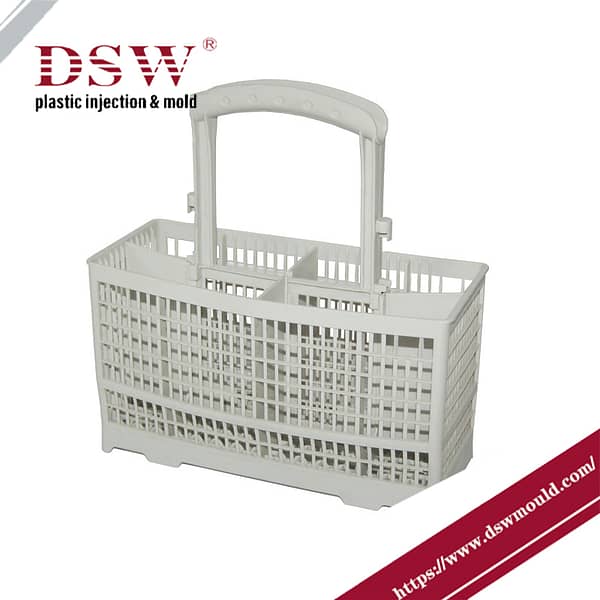
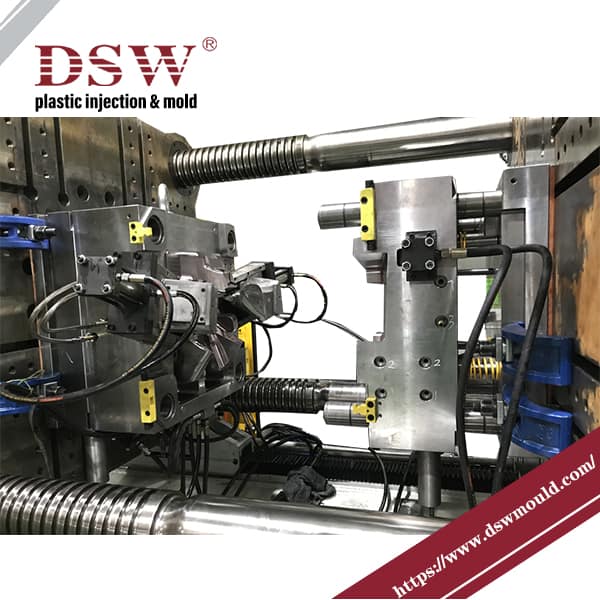
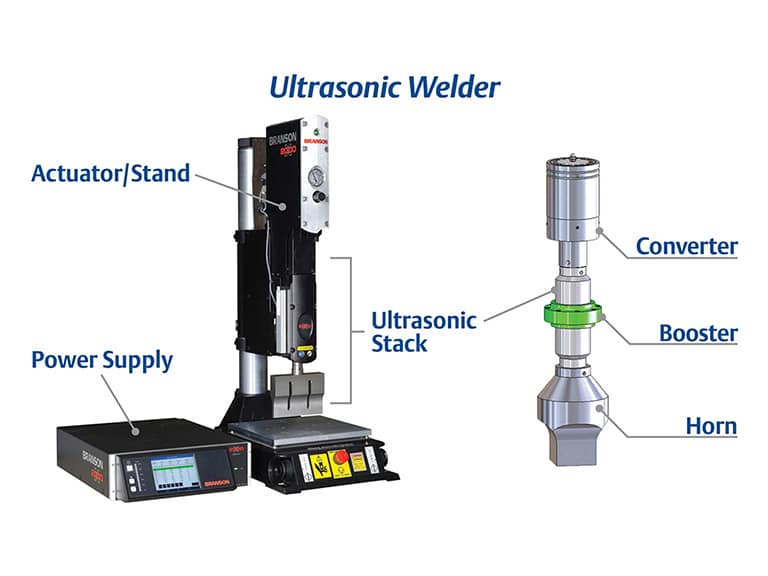



No comment